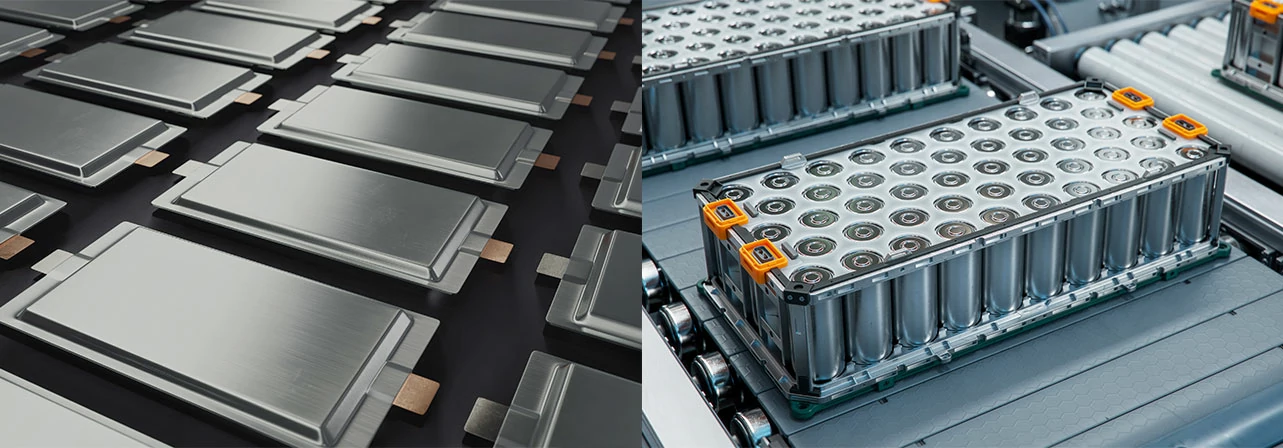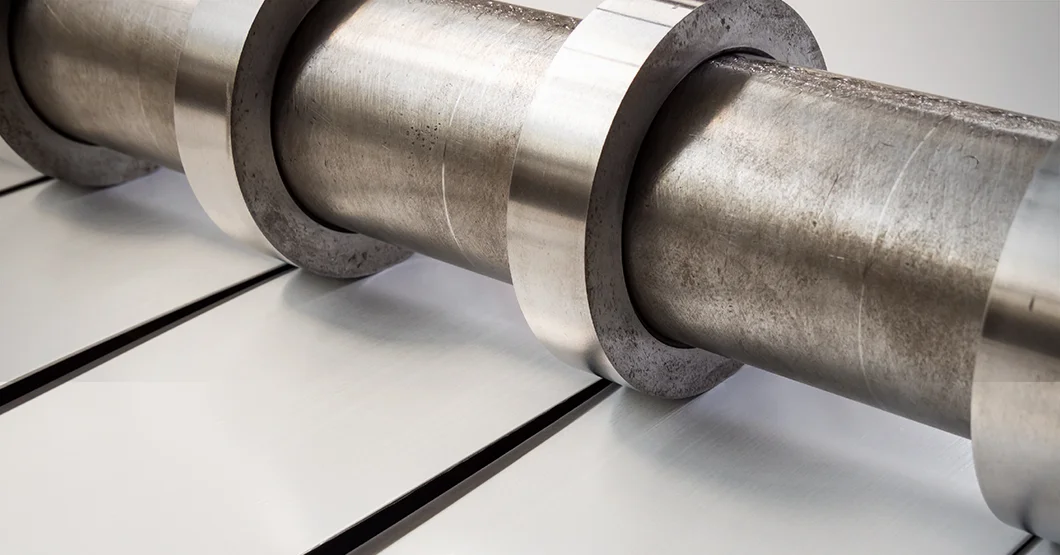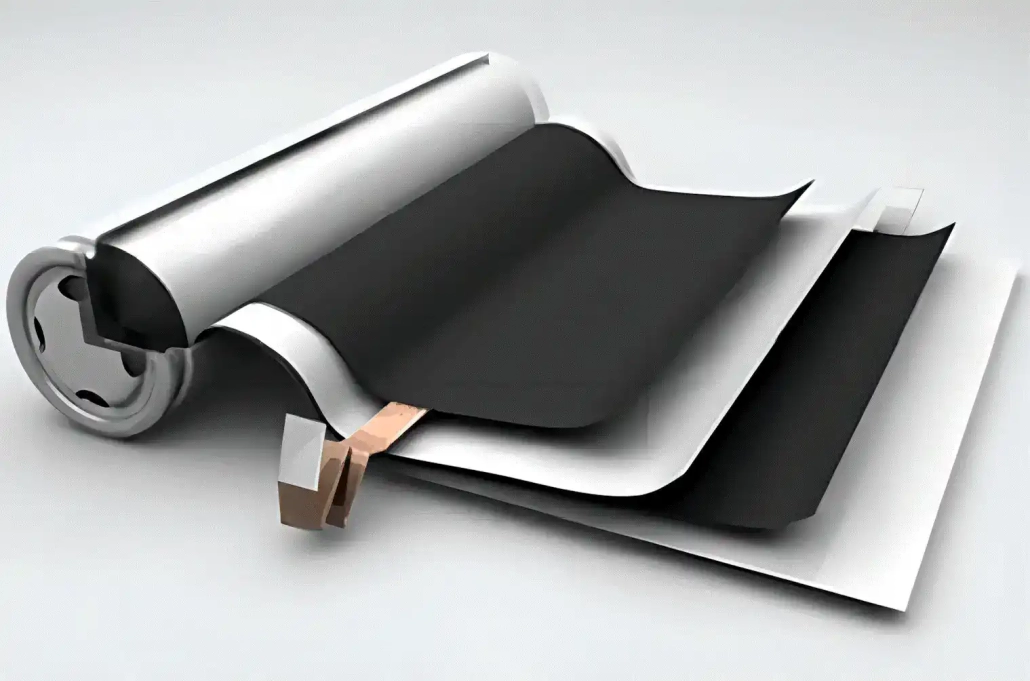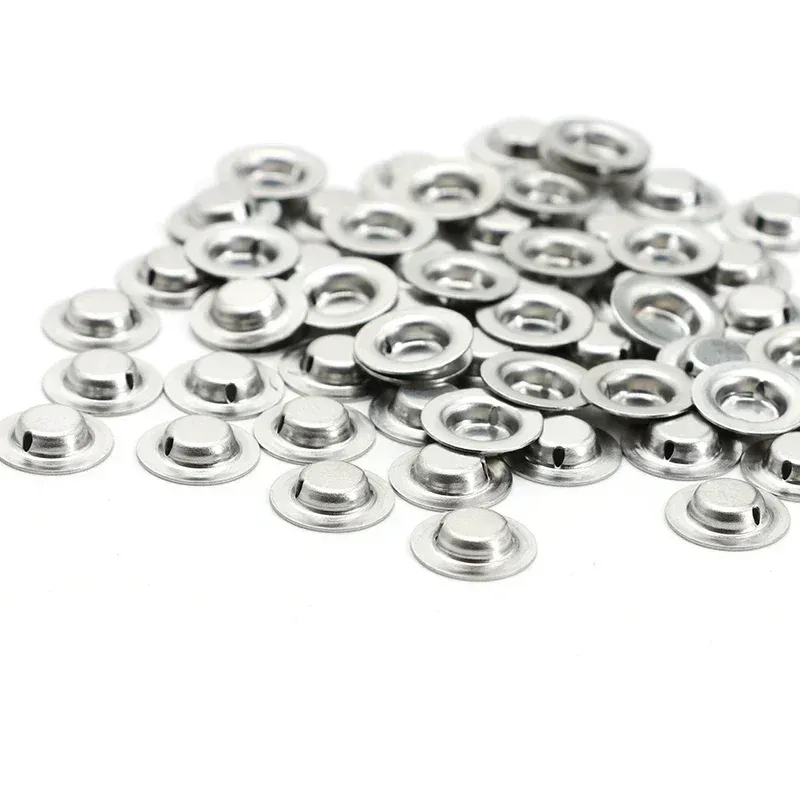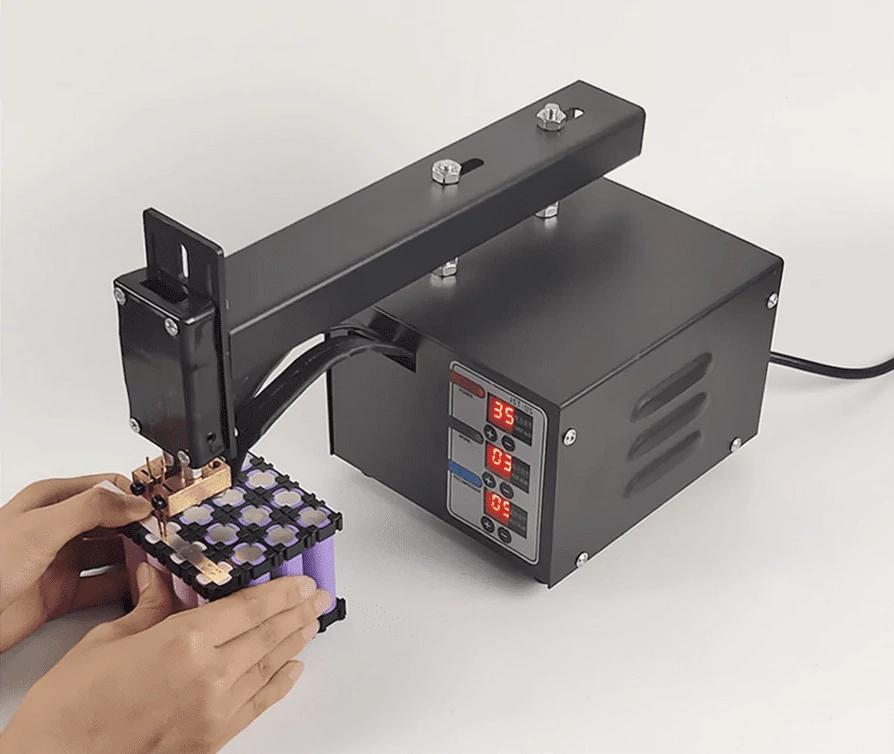LithiumIon Battery Electrode Calendering Parameters
main content
The lithiumion battery electrode calendering process hinges on three critical parameters—pressure, temperature, and speed—to achieve optimal electrode density, structural integrity, and electrochemical performance. These parameters collectively determine the balance between energy density, manufacturing efficiency, and longterm battery reliability. Below, we explore how precise control of these factors shapes electrode quality and battery functionality.
1. Pressure: The Driving Force Behind Electrode Compaction
Pressure is the cornerstone of calendering, directly influencing active material compaction and porosity. Excessive pressure (>500 MPa for LiFePO₄ cathodes) risks fracturing active particles or deforming current collectors, while insufficient pressure (<400 MPa) fails to achieve target density, leaving excessive voids that hinder ion transport. Modern systems employ closedloop hydraulic controls to maintain ±5 MPa accuracy, ensuring uniform compression across highnickel cathodes and siliconblended anodes. For instance, graphite anodes typically require 200–300 MPa, whereas highenergy NCM811 cathodes demand 450–600 MPa to minimize rebound.
2. Temperature: Enhancing Plasticity Without Compromising Stability
Heated rollers (90–160°C) soften binders like PVDF or SBR, enabling smoother particle rearrangement and reducing postcalendering rebound by 30–50%. However, temperatures exceeding 180°C degrade organic binders or oxidize cobaltbased cathodes, while sub80°C conditions limit plasticity, leading to microcracks. Advanced systems use zonal heating—higher temperatures at roller edges (e.g., 140°C) and lower midzone temperatures (110°C)—to counteract heat dissipation and ensure uniform thermal profiles.
3. Speed: Optimizing Throughput and Consistency
Calendering speeds (10–120 m/min) must align with material properties and roller dynamics. High speeds (>100 m/min) induce shear stress concentration, causing edge overcompaction or thickness deviations (±5 μm). Conversely, speeds <20 m/min prolong production cycles unnecessarily. To mitigate this, manufacturers integrate adaptive speed controllers that synchronize with upstream coating and downstream slitting processes. For example, 50 m/min is ideal for thick electrodes (>150 μm), while ultrathin anodes (<80 μm) achieve stability at 80–100 m/min.
Synergizing Parameters for Superior Electrodes
The interplay of pressure, temperature, and speed defines electrode performance: PressureTemperature Balance: Higher temperatures (120–160°C) allow lower pressures (300–400 MPa) to achieve equivalent density, preserving particle integrity in siliconrich anodes. SpeedTemperature Coordination: Faster speeds require elevated temperatures to maintain binder fluidity, preventing delamination during rapid compression. RealTime Adjustments: AIdriven systems analyze thickness and density feedback from laser sensors, dynamically tweaking parameters to accommodate material batch variations.
Why Precision Matters: From Production to Performance
Optimal calendering parameters yield:
Enhanced Energy Density: 3.4–3.6 g/cm³ compaction for cathodes, maximizing active material utilization.
Extended Cycle Life: Uniform porosity (<25%) reduces lithium plating risks during fast charging.
Cost Efficiency: Reduced scrap rates (<0.5%) through consistent thickness (±2 μm) and minimal binder degradation.
As batteries evolve toward solidstate and lithiummetal architectures, advanced calendering controls will remain pivotal for scaling nextgen energy storage solutions. By mastering these parameters, manufacturers unlock higher capacities, faster production, and safer batteries for global markets.

START-STOP LITHIUM battery
Enov start-stop battery is designed to provide excellent performance for high-demand start-stop vaehicles. It adopts the third-generation intelligent lithium platform architecture to achieve technological breakthroughs in core indicators such as cycle life, environmental adaptability and energy density. Compared with the traditional lead-acid battery system, the energy efficiency is increased by 210%, the cycle life is extended by 8-10 times, and the monthly self-discharge rate is controlled within 3%. Enov's unique low-temperature battery technology makes a breakthrough in achieving stable output in the whole climate domain from -30℃ to 65℃, maintaining more than 90% of the effective capacity release under extremely cold conditions (-30℃), and maintaining 90% of the capacity in high temperature environments (65℃).
The start-stop battery series products cover the mainstream voltage platform of 12V/24V/48V, and support flexible configuration of LFP (lithium iron phosphate) and NCM (lithium nickel cobalt manganese oxide) dual-material system. All models adopt modular design to support customization of different model specifications. Enuo engineering and technical team to provide full cycle technical service support, if you need, please contact us.
Other products
UAV BATTERY
LITHIUM ENERGY STORAGE BATTERY
QUICK INQUIRY
FAQ
Access to high frequency technical questions with one click, get accurate answers on product application, after-sales policy and customization process.
Service and Support
Get the latest product specifications, explore professional OEM/ODM customization services, click to open exclusive technical support and production solutions.
Become a Partner
We sincerely invite resources to interconnect, work together for win-win development, and immediately open a new chapter of strategic cooperation!
